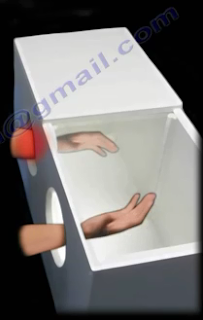Stress Fractures:
Common for Athletes and Those with
Active
Lifestyles
 |
| Figure 1 |
Bone
is incredibly resilient. Each day, bone broken down by daily living is replaced
by the body in a necessary balancing act. However, this balance is disturbed with
excessive physical training.
Stress fractures often present in athletes such as
tennis players, basketball players, gymnasts and track and field participants.
Typical stress fracture causes include improper equipment, increased physical
stress, increasing the amount or intensity of an activity too rapidly and the
impact of an unfamiliar surface.
 |
| Figure 2 |
Stress
fractures are usually categorized one of two ways: a fatigue fracture or an
insufficiency fracture. Fatigue fractures are the result of bone being overused
or being exposed to repetitive stress beyond its ability to repair itself. In
contrast, insufficiency fractures are the result of bone being deficient in
minerals or vitamins.
A typical cause of an insufficiency fracture is if a bone
has been weakened by osteoporosis.
 |
| Figure 3 |
While stress fractures can occur anywhere on the body, more than 50 percent occur in the lower leg. (Figure 1) (Figure 2). Stress fractures rarely occur in the upper extremities because they are not weight bearing bones, like the tibia and bones that run from the mid-foot to the toes. (Figure 3).
There
are certain red flags that may signal stress fractures. These red flags
include: pain that increases over time, pain that increases with activity and
decreases with rest, pain that persists
 |
| Figure 5 |
 |
| Figure 4 |
even
at rest, pain that occurs earlier in each successive workout and swelling. A
runner with groin pain and a negative x-ray must have a back scan or an MRI to
rule out hip stress fractures.
Early
diagnosis of hip fractures is necessary to avoid displacement of the fracture.
The best treatment for stress fractures is rest. After about 6 to 8
weeks, patients should be able to return to their regular activities.It’s important to do your best to safeguard against stress fractures.
This includes implementing a prevention plan that includes the following:
alternating activities that accomplish the same fitness goals (crosstraining); setting incremental goals when participating in a new sports activity; and maintaining a healthy diet(Figure 4) with
bone strengthening vitamins and minerals such as calcium and vitamin D (Figure 5).
In some situatoins, however, surgery is needed to treat stress fractues.(Figure 6)
 |
| Figure 6 |


























